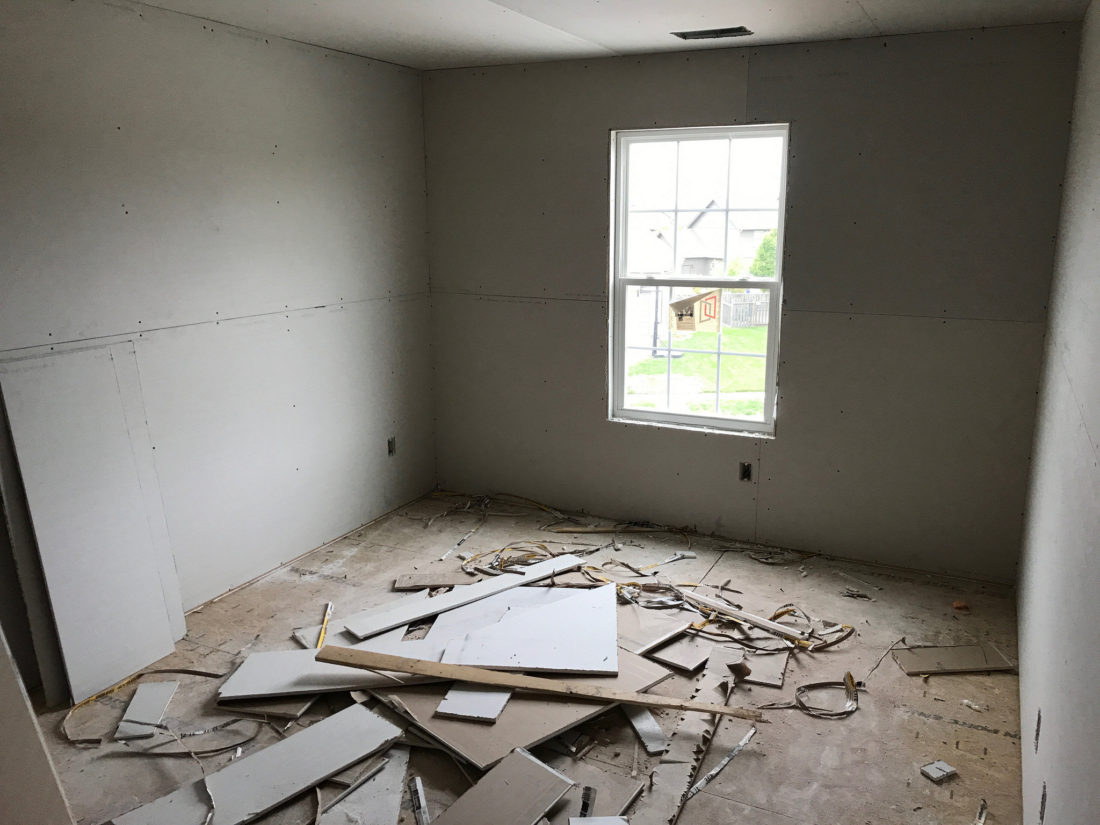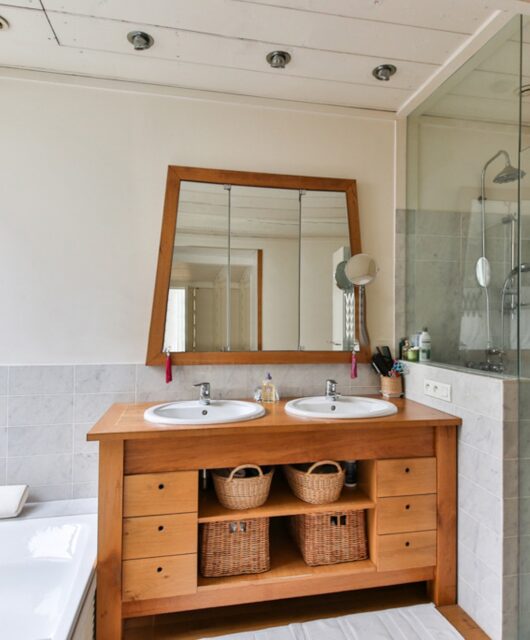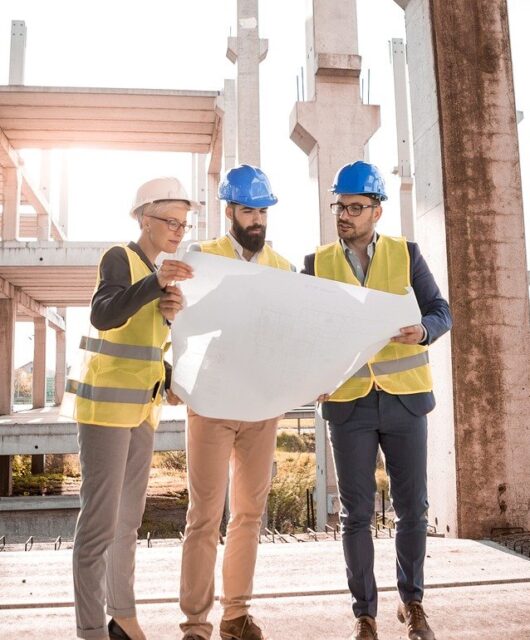The Different Types of Drywall

If you are embarked on a drywall DIY project, you will quickly find that there are different types to choose from. In fact, if you popped over your local hardware store and asked for drywall, you will find yourself bombarded with options. Don’t be overwhelmed, however! While it is certainly true that there are different choices out there, deciding which one is right for you is not overly complicated. And, if need be, there are professionals like Lloyd Claycomb to help you. Let’s take a look at the most common types.
Standard Drywall
Standard drywall, unsurprisingly, is also the most common. It is a white paper font drywall, used in most new home interior construction and home improvement jobs. Before you start, make sure that standard drywall is acceptable under local building codes.
Usually, you can buy standard drywall in 4’x12’ or 4’x8’ sheets. You need to have measurements of the wall you will use it on, and know how many people will be there to help you. Generally, the 4’x12’ sheets are better, simply because it means less cutting is required. You also have to make sure you have the right width, with ½” width generally being accepted in the majority of building codes. ¼” drywall is flex-board, which is suitable for curved surfaces. It is very fragile, however, and should be used by professionals. 5/8” drywall, by contrast, is the most heavy duty and used in areas where you need noise control or excess insulation, or where there is a lot of traffic. In some states, 5/8” is required.
Moisture Resistant Drywall
This is also known as green board, because the outside of the gypsum is covered in green paper, which is what makes it water resistant. It is quite commonly used in rooms with high moisture content, such as kitchens and bathrooms. Green board is exactly the same as standard drywall but with added paper backing. It is recommended to use green board in damp basements and bathrooms and is also suitable for kitchens, particularly around the sinks and stoves. However, green board is not waterproof, nor is it fire-resistant. Rather, it can cope with damp conditions.
Fire Resistant Drywall
Also known as FR drywall, this usually comes in 5/8” thickness. It is filled with special fibers and other materials that are fire resistant. This gives the drywall more protection against fire than others. It is common to find building codes mandating this type of drywall in various applications, but particularly:
- Walls that separate living spaces and attached garages.
- Ceilings and walls that attach condos or apartments.
- Enclosed rooms in which you find fire hazards such as water heaters and furnaces.
- Some kitchens.
Other types of drywall do exist, such as paperless drywall, Type X drywall, and soundproof drywall. However, these aren’t very common and particularly not in DIY projects. The three types covered above are most likely to be the only types that you will ever have to come across. If you feel you need a different type, then it is likely that you will also require professional installation.









